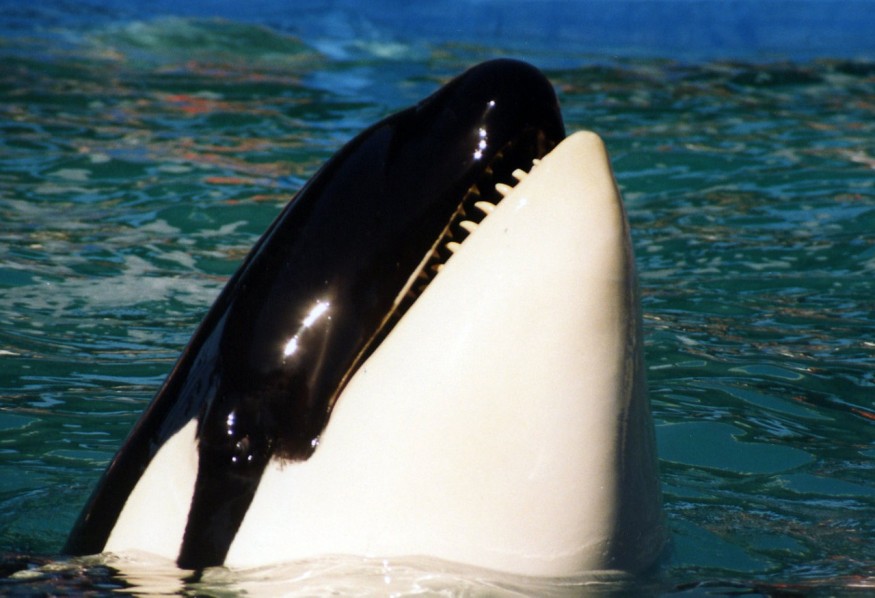
Corky the killer whale, has spent 48 years of his life in a concrete tank smaller than the size of an Olympic swimming pool at SeaWorld and is now labeled as the "saddest whale in the world" after losing all of her calves during the inbreeding program, Daily Star reported. She was taken from the wild in 1969, but it was not until 1987 that she joined SeaWorld in San Diego.
Although the park often describes Corky as an old whale, orcas in the wild can live 80 to 90 years. Due to its current condition, PETA has been campaigning for her release into a sanctuary.
Killer Whale Corky Who Lived in SeaWorld for 48 Years Labelled Saddest in the World After Losing 7 Babies
SeaWorld's Corky the Killer Whale
According to an article in The Whale Sanctuary Project, no other whale has endured captivity for as long as Corky. She has been bred, displayed, and required to perform for amusement for many decades since she was taken from the wild.
Corky was originally from the Pacific waters of British Columbia. At 5 years old, Corky was captured and separated from her mother when a giant crane hoisted her out of the sea and onto a truck.
At first, she was sent to Marineland of the Pacific in Rancho Palos Verdes in California, where she was reunited with three fellow whales from her pod. But then she was transferred to Sea World after a couple of years, where she had a few incidents of aggression.
Corky frequently works with new trainers and became one of the main performers with the stage name "Shamu." For her trainers, Corky was a kind and patient whale who would intentionally modify her behavior to ensure that inexperienced trainers would not be harmed while practicing.
For instance, she would just take new trainers over halfway down the tank instead of at the very bottom for the "hydro" move that will push a trainer through the water and high in the air. Former trainer John Hargrove said that Corky does this to protect trainers. She has been chosen for her intelligence and caring nature to make choices to help human trainers and keep them safe.
Corky Lost Seven of Her Calves
Corky has been pregnant a total of seven times. Her calves were mostly born alive, but none of them survived for more than two months. According to OrcaLab, Corky began to mature sexually when she was about 11 years old and mated with Orky, the male orca in Marineland where she was first held captive.
On Feb. 28, 1977, she delivered her first baby, a male calf. Orky helped in surfacing the calf after birth, but the situation grew tense when the baby failed to nurse. He later on succumbed to death due to pneumonia after just 16 days.
She had her second calf on Oct. 31, 1978, who also failed to nurse and died with the same cases 11 days after its birth. Pneumonia and colitis were believed to have come from bacterial contamination of the formula.
Almost two years later, she gave birth to an eight-week premature stillborn calf on April 1, 1980. Another two years passed and on June 18, 1982, Corky gave birth to a female calf who was Corky's longest surviving baby. She survived for 46 days. Like the first two calves, she failed to nurse and died.
She had two more pregnancies after that. She gave birth to another female calf on July 22, 1985, who survived for a month. Corky's last pregnancy was on July 27, 1986. She finally stopped ovulating at age 21.
Experts said that Corky would have been in the prime of her life at age 46 if she had lived in the wild. She would have been swimming with her own babies, who might have also grown to adulthood and her grandkids. A female orca in the wild typically has 25 reproductive years and could bear four to six offspring.
RELATED ARTICLE : Aerial Survey Revealed an Endangered Whale Giving Birth While Being Entangled in a Fishing Rope
Check out more news and information on Whales in Science Times.
© 2026 ScienceTimes.com All rights reserved. Do not reproduce without permission. The window to the world of Science Times.












